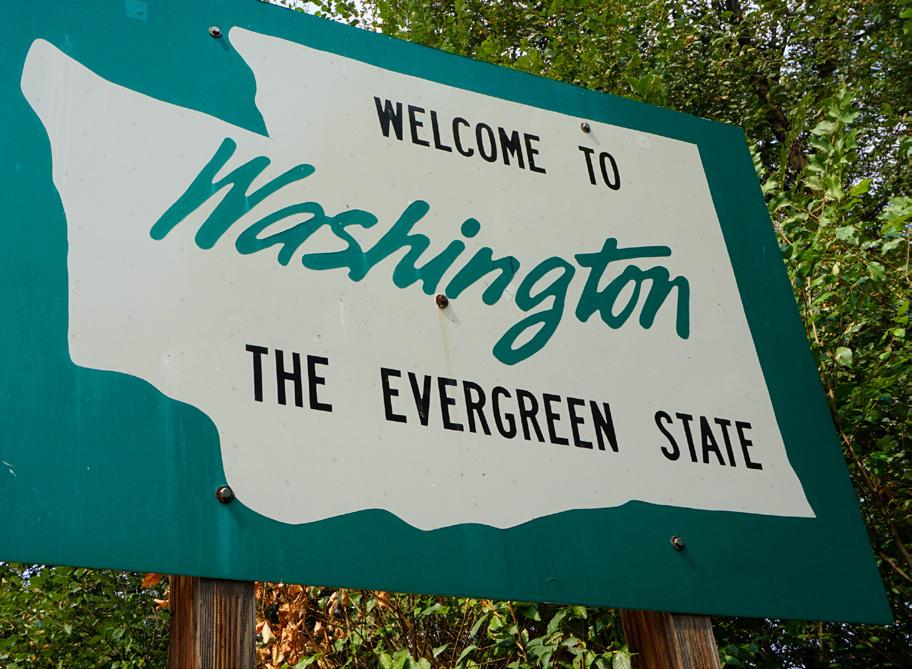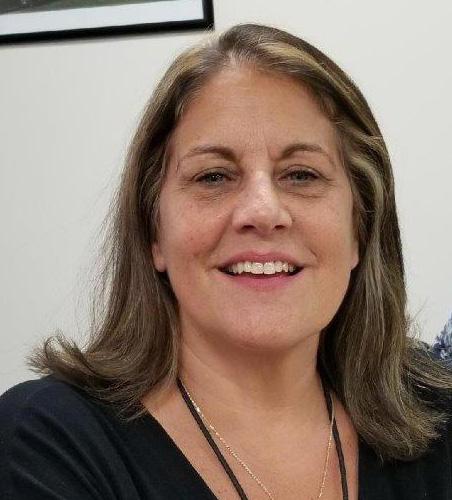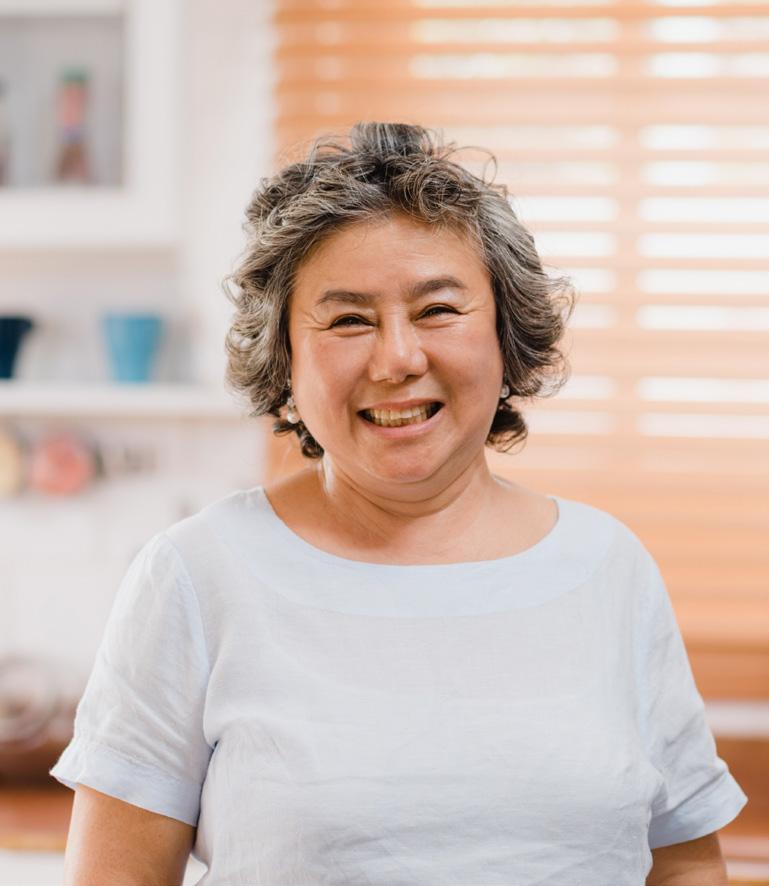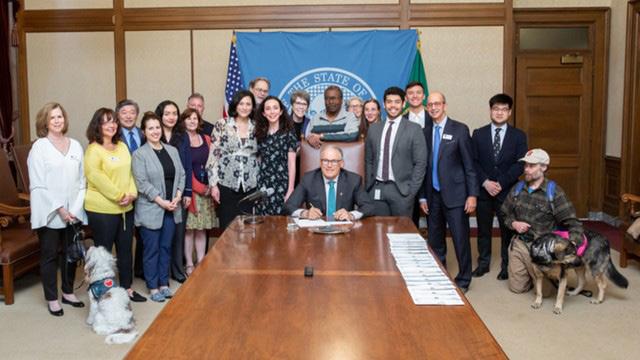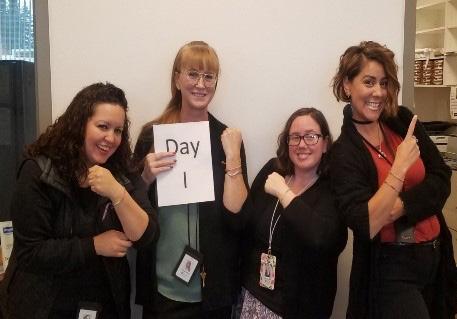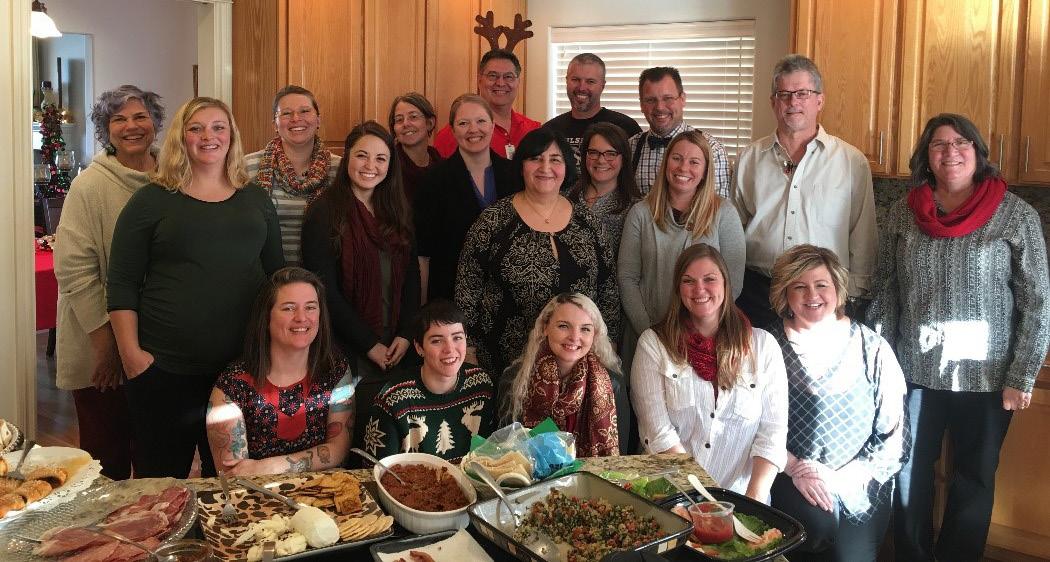
6 minute read
BEA’S MESSAGE
Thank you for taking the time to open our first edition of HCS Highlights. This newsletter is something I have been considering for a long time as a way to increase and improve communication within HCS and I’m excited to finally roll out our first edition.
Bea Rector Director, Home and Community Services
Advertisement
For a number of years, many of you have indicated on the employee survey that you do not receive the information you need. I have also heard that some employees feel the information they receive is inconsistent: messages may be unclear or vague and may only reach some people. I wanted to create a tool that would allow us to increase communication, support our culture of teamwork and collaboration, and create opportunities to share information and news across the division.
Based on this feedback, I worked with HCS leaders at headquarters and in the regions, as well as our ALTSA communications team, to develop what we hope is a user-friendly way to communicate with all of you around the state. This newsletter is one of several strategies intended to improve how I and the other HCS leaders communicate with you. I hope this newsletter will better convey what is driving our decision-making, provide clear and consistent messages, and give everyone the opportunity to hear what is going on.
We plan to release a new issue four times a year. In each issue, we will feature content that demonstrates our successes, our internal and external partnerships and collaboration, and how we engage our clients and use their feedback to improve our services. I hope through this content, you will better understand how our work is connected and how we learn from one another. At the same time, I hope you also come away feeling better informed on and inspired by our work.
As you read through this inaugural edition of HCS Highlights, please think about what ideas you have to improve this communication tool so it better serves you and your HCS colleagues. If you have ideas for content or suggestions for changes, please reach out to Meghan Erkkinen, HCS’s communications consultant, at meghan.erkkinen@dshs.wa.gov or 360-725-3550. We also want to hear about your successes, big and small. Send Meghan your kudos, congratulations and good news and you may see something about it in a future issue.
I hope this first edition informs and inspires you, and I look forward to hearing more feedback and positive stories in the coming months.
Bea Rector
HCS Vision and Mission A lot has changed since we have reorganized Home and Community Services. In the spirit of that reorganization and looking forward, we want to review our division’s mission and vision statements to ensure they are still capture the spirit and intent of our work in HCS.
Keep an eye on your email for a survey that will be going out to all HCS staff with two options for a revised statement. We’d like your feedback on which you feel best fits our division’s work.
HCS Highlights | Winter 2019 2019 ROAD SHOW UPDATE Kristin Byrne, Deputy Director, Field Operations
Bea and I have had the opportunity these last couple months to travel around the state as part of our annual road show to learn more about your successes, struggles, questions and concerns. Below I have listed a few of the common concerns we heard and what we plan to do to address them.
Infants at Work: ALTSA divisions are working together to identify and a ddress the physical space requirements and evaluate the potential impacts and considerations relating to business operations, differing job duties, safety and pot ential work load impact. Telework expansion: Regions will continue to monitor telework implementation to ensure adequate office coverage and timely communication access for clients, representatives and community partners. So far, teleworking has been expanded for financial staff. We are evaluating expanding telework from 2 to 3 days for social services staff and are evaluating whether expansion to positions such as supervisors is feasible. FTE and growing caseloads: We recognize the need to a ddress the growing number of referrals and the increasingly complex needs of many of our clients. Although the workload model does generate additional FTEs as the number of clients accessing our services grows, it does not take into consideration changes in acuity or complexity. We continually evaluate ways to effectively measure the impact of changes and t he number of staff we have appropriated to do our work. Changing client needs: ALTSA is serving more individuals with behavioral support needs, which may be due to diagnoses of mental illness, traumatic brain injury or dementia. We are exploring ways to address the lack of resource availability and workforce shortages. Specifically, we are examining rates and how to provide adequate behavioral support and access to specialized dementia care, for which we have capital and service investments in the FY2020 budget and DSHS has requested a rate increase to specialized dementia care contracts in the FY2021 supplemental budget. Centralized intake: Right now, each HCS region is centralized in one or two locations per region. Although Adult Protective Services is centralizing, there has not been any discussion to centralize all of HCS intake across the state. However, we will be working with regional administrators to proactively a ddress increases in referrals and reduce delays in case assignment and assessment where possible. Compensation: We heard appreciation for the pay increase financial staff received July 1, 2019. The work performed by HCS is recognized as more complex than that performed by Community Service Division Public Benefits Specialists and that is why HCS utilizes Public Benefits Specialist 4s. We will continue to work in partnership with the Economic Services Administration and the Department of Children, Youth, and Families to discuss classification needs. Resource development and training: We need to continue expanding residential provider training in order to increase provider skills and abilities to serve individuals with behavioral health and dementia care needs. We also need to expand residential settings to serve more individuals with complex needs. We also received questions on equity, diversity and inclusion at ALTSA. Please see Bea’s message on page 10 for more details on how ALTSA and HCS are making equity, diversity and inclusion a priority.
We will be compiling a Q&A document from the road shows that will be sent out to regional staff. We will also be using future editions of this newsletter to provide updates on areas we discussed during the road shows.
Over the last two months, we visited Tacoma, Everett, Seattle, Spokane, Yakima and Vancouver. I appreciate the time many of you have taken to meet with us and engage in honest and open dialog on the topics that matter to you. I encourage you to continue that dialog, both with Bea and me and in your regions, throughout the year.
Census Day Census 2020 count. Be counted. You

minutes questions years It takes just 10 minutes to answer 10 questions that will shape investments in your community for 10 years.

